Ansel Adams, Tetons and the Snake River, Grand Teton National Park, 1942. Lithographic print
Whether you’re new to the art market or looking to mix things up, prints can be a relatively easy foundation for a collection. From classic woodcuts to Pop-style screenprinting, master printers use a variety of methods to collaborate with well-known artists and produce editions of their work. Hamburg Kennedy’s 25th street gallery is a testament to the ancient art form’s endurance among collectors new and seasoned alike. With an expert touch, we gave you the lowdown on printmaking, from artist to printer and printer to collector.
Prints are original.
Printers use printing plates—etched pieces of rubber, plastic, or other synthetic and natural polymers—with ink to reproduce works of art. Unlike posters, they create unique takes on existing images. Whether the artist has actually worked on the plates or whether the printers have translated an image, they are original because they are not basic reproductions. They’re being interpreted by the printers if, in fact, the artist is giving them a sketch, not working on the plates. In many cases the artists are actually working on the plates which makes them 100% the artist’s work.
Christian Chaize, Praia Piquinia, 3:34 8/22/11, 2011, C-print.
Prints are a great “first” for collection-starters.
Prints are, in many cases, done by artists whose recognition in other mediums has already been established, so it enables somebody to collect a work by an artist who has some proven track record in terms of acceptance, creativity, etc. This allows somebody to become educated visually at a rather minimal cost compared to doing the same thing with a painting.
Andy Warhol, Kiku Flower FS308, 1970, Lithographic print
Prints are a wise investment.
Prints firstly are very exciting, you learn a lot about technique, you can have a broad range of aesthetics, and you don’t have to be a very wealthy person to be a print collector. The most important factor is whether you like the work of art and, at the price level that the work of art is commanding, whether it’s attractive to you. It’s a personal decision, one has to really decide how much one is willing to spend and whether the work of art will have a lasting impression.
David Drebin, Below the Surface 2013. Digital C-print
Prints have guidelines.
When looking at prints, the number of the edition makes absolutely no difference in terms of its value, aesthetically or financially. Instead, condition is the utmost concern before and after purchase. Paper is a fragile thing, and you have to make sure that the condition is good and it’s framed correctly. It’s best to collect and hang prints in an environment that’s relatively stable, 24/7.
Massimo Listri, Biblioteca del Abbazia di Kremsmunster, Germany, 1994. Ed. of 5
Print Expertise:
The major question about any work of art is to make sure that you’re buying the work of art from a respectable, knowledgeable person who can explain it to you, who can explain the method of production and the reason why the value is at a certain level compared to other works of art. Rather than trying to buy something that is undervalued or less costly, try to buy the best of an artist’s work at a price that you can afford.
All works available at Hamburg Kennedy Photographs











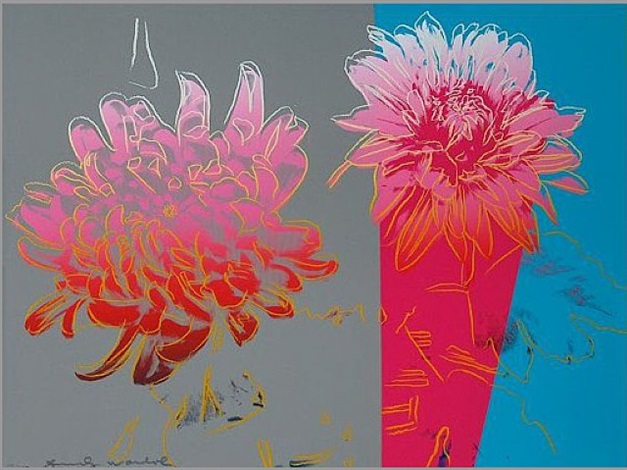


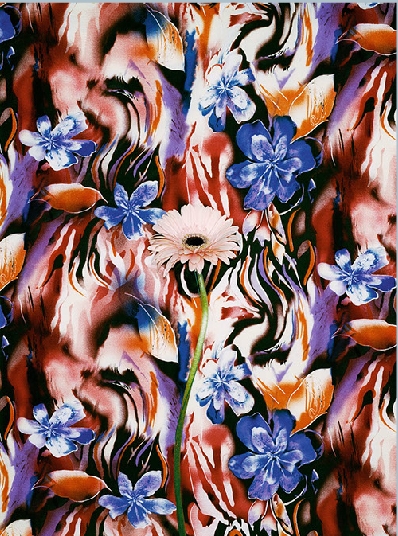
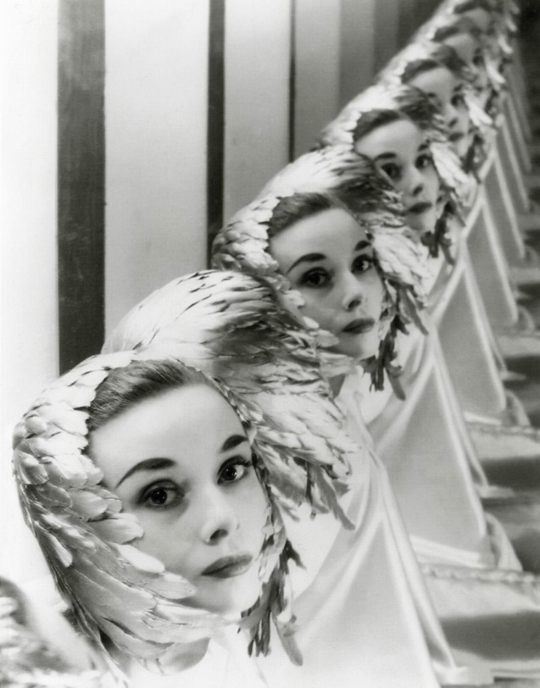
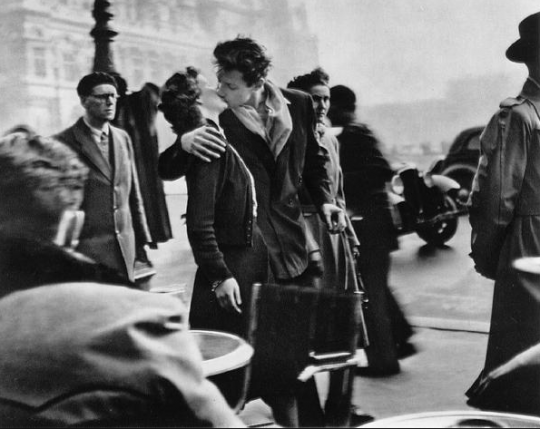
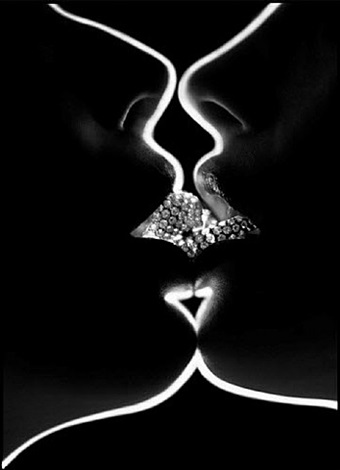


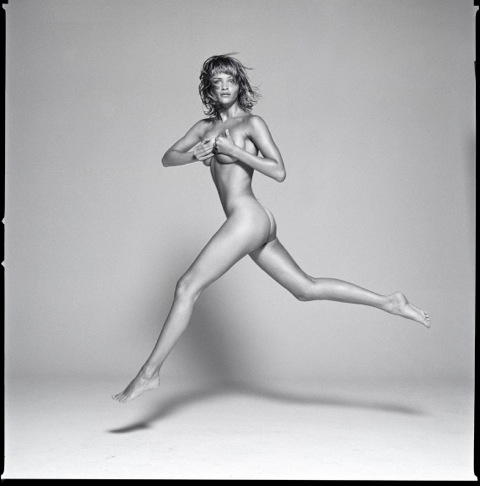

Ysabel LeMay's phantasmagorical nature photographs defy all odds. In a world where nature photography has been done to death, LeMay' creates unique images that radiate with awe.